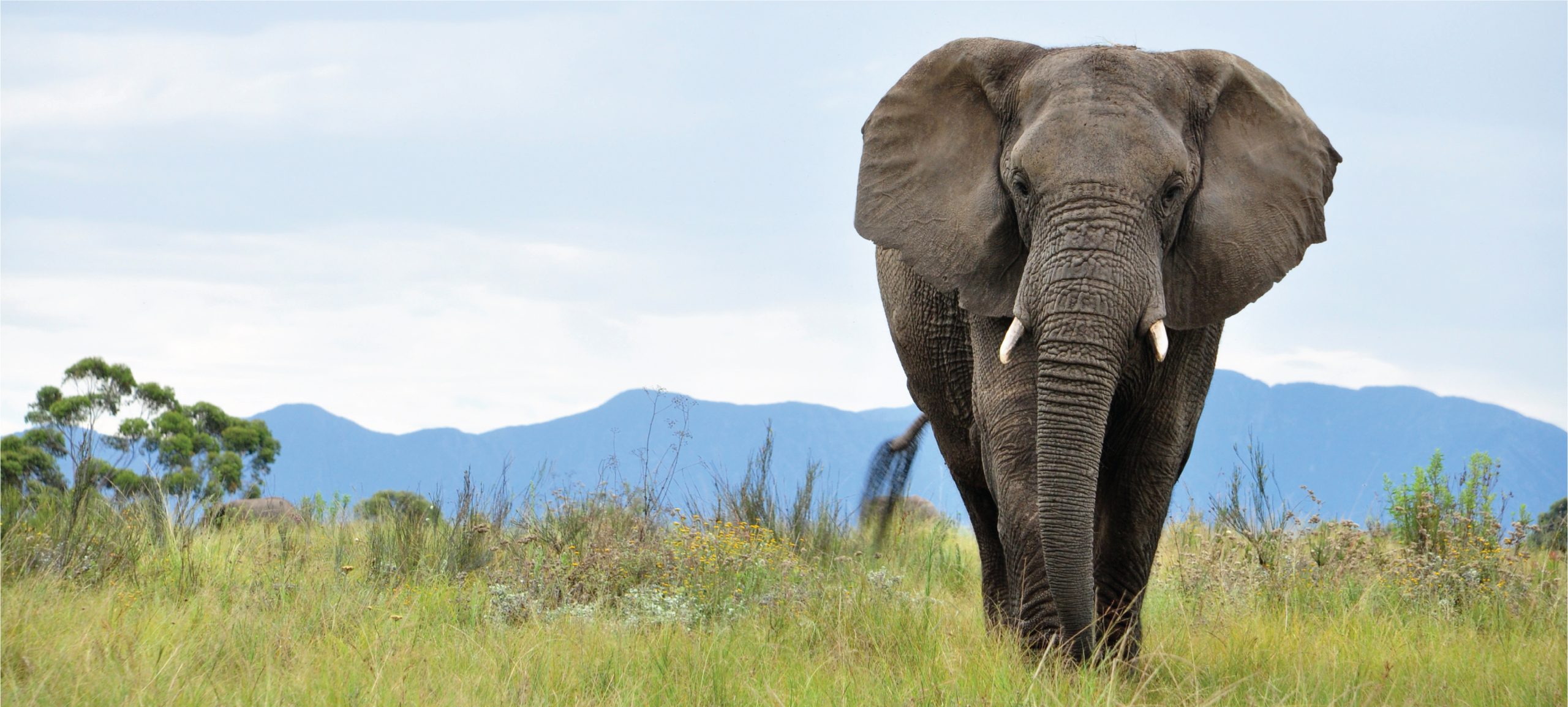-

Western Tree Hyrax
Explore the fascinating world of the Western Tree Hyrax (Dendrohyrax dorsalis), a nocturnal mammal native to the forests of West and Central Africa. With a surprising evolutionary connection to elephants and manatees, this small, arboreal creature boasts unique vocalizations, a specialized diet, and remarkable adaptations for life in the trees. Discover its critical ecological role…
-

Benin Tree Hyrax
Discover the fascinating world of the Benin Tree Hyrax (Dendrohyrax dorsalis), a small, elusive mammal native to West Africa’s lush forests. With its unique adaptations for climbing and remarkable vocal communications, this herbivorous creature plays a vital role in its ecosystem as both a seed disperser and prey. Learn more about their physical characteristics, behaviors,…
-

Aardvark
Discover the fascinating world of the aardvark (Orycteropus afer), a unique mammal native to Africa, often referred to as the “earth pig.” With its distinctive pig-like snout, powerful claws, and nocturnal lifestyle, the aardvark plays a vital role in its ecosystem by controlling insect populations and providing shelter through its extensive burrowing. Learn about its…
-

African Savanna Elephant
Discover the African Savanna Elephant, the largest terrestrial mammal, known for its impressive size, iconic tusks, and intricate social structures. These gentle giants play a vital role as ecosystem engineers across sub-Saharan Africa, shaping their habitats and enriching biodiversity. With their remarkable memory and emotional depth, protecting these magnificent creatures is essential for preserving the…
-

African Forest Elephant
Discover the enigmatic African Forest Elephant (Loxodonta cyclotis), the smallest of all elephant species, which plays a pivotal role in maintaining the health of Central and West Africa’s rainforests. With unique adaptations like straighter tusks and a nocturnal lifestyle, these critically endangered giants are essential for seed dispersal and ecosystem balance. Delve into the fascinating…
-

Lesser Hedgehog Tenrec
Discover the Lesser Hedgehog Tenrec (Echinops telfairi), a captivating nocturnal mammal native to Madagascar. With its spiny coat, unique adaptations, and vital ecological role, this small creature not only showcases the island’s rich biodiversity but also highlights the importance of conservation efforts amid habitat challenges. Explore our comprehensive guide to learn more about its fascinating…
-

Highland Streaked Tenrec
Discover the intriguing Highland Streaked Tenrec (Hemicentetes nigriceps), a small yet remarkable mammal native to Madagascar’s highlands. With its striking black and yellow coloration, quill-like spines, and social behavior, this insectivore plays a vital role in its ecosystem by controlling insect populations and promoting soil health. Learn more about its unique adaptations, habitat challenges, and…
-

Lowland Streaked Tenrec
Discover the fascinating Lowland Streaked Tenrec (Hemicentetes semispinosus), a small mammal native to Madagascar’s lush rainforests, known for its striking black and yellow streaked pattern and unique behaviors. This social insectivore not only plays a vital ecological role in controlling insect populations but also communicates through the remarkable sound of stridulation, making it a captivating…
-

Greater Hedgehog Tenrec
Discover the Greater Hedgehog Tenrec (Setifer setosus), a remarkable small mammal native to Madagascar, known for its spiny coat and hedgehog-like appearance. This nocturnal creature plays a vital role in its ecosystem as both an insectivore and seed disperser, while facing threats from habitat destruction. Learn about its unique adaptations, fascinating behaviors, and conservation status…
Search
Popular Posts
-
Liolaemus crandalli
Discover the unique Liolaemus crandalli, or Crandall’s liolaemus, a striking lizard native to the temperate forests and grasslands of southern Chile and Argentina. Measuring 8 to 12 cm, this diurnal insectivore features a slender body with vibrant coloration in males during breeding, and plays a vital role in its ecosystem by controlling insect populations and…
Categories
Tags
animal adaptations (890) animal behavior (4960) animal reproduction (851) behavior (920) biodiversity (7661) conservation (1670) conservation efforts (1732) conservation status (5528) diet (2102) echolocation (822) ecological balance (1967) ecological role (1831) ecosystem (1469) ecosystem role (2842) endangered species (2499) environmental conservation (821) habitat (3274) habitat conservation (1090) Habitat Destruction (1326) habitat loss (3314) insectivorous reptiles (881) IUCN Red List (1847) lizard reproduction (909) nocturnal animals (2751) nocturnal behavior (2548) nocturnal reptiles (992) physical characteristics (2047) predator-prey relationships (837) reproduction (2884) reptile behavior (914) reptile conservation (1236) reptile reproduction (935) rodent species (1325) seed dispersal (2131) Seed Disperser (977) small mammals (1166) snake behavior (848) snake diet (954) snake reproduction (1036) South America (806) tropical forests (946) Vulnerable Species (4837) wildlife (2510) wildlife conservation (5178) wildlife protection (983)





